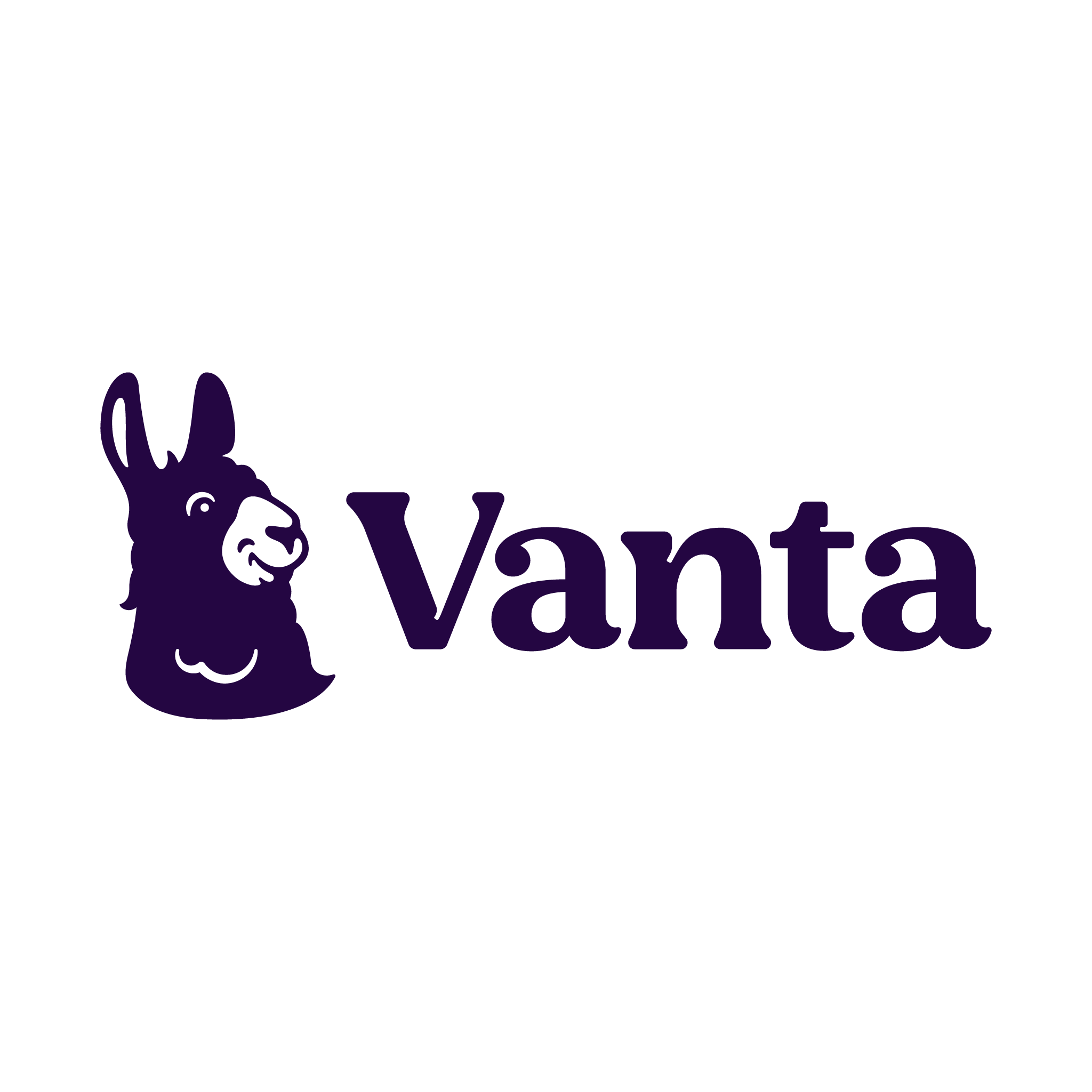Introduction
In the face of increasing regulatory pressure, rising cyber threats, and growing business complexity, organisations need a structured, scalable approach to managing risk. Governance, Risk, and Compliance (GRC) frameworks have become vital for aligning information security with corporate objectives, ensuring operational resilience, and maintaining trust with stakeholders. For tech executives, building and implementing a robust GRC strategy is no longer a compliance checkbox. It is a strategic imperative.
This article explores the fundamentals of GRC, the steps required to design and implement an effective strategy, and the considerations that will enable your organisation to stay agile, secure, and audit-ready as it scales.
Understanding the Core Components of GRC
At its core, a GRC strategy is about bringing governance, risk management, and compliance together into a unified framework. Each of these components serves a distinct purpose, yet they are highly interdependent. A mature GRC strategy ensures these elements operate in harmony to support sustainable business growth.
Governance involves setting the organisational direction through policies, rules, and decision-making structures. It defines accountability for leadership, internal controls, and resource management. Good governance promotes transparency, ensures ethical behaviour, and aligns teams with corporate objectives.
Risk Management is the process of identifying, assessing, and mitigating threats that could impact business performance or reputation. These include legal, financial, security, strategic, and operational risks. Unlike reactive risk responses, GRC encourages proactive and continuous monitoring, integrating risk management into daily operations.
Compliance refers to adhering to relevant laws, regulations, and internal standards. This includes frameworks such as GDPR, HIPAA, SOC 2, and ISO 27001. Beyond avoiding fines or penalties, strong compliance supports customer trust, opens market opportunities, and ensures smooth business continuity during audits or regulatory reviews.
When combined, these pillars allow organisations to replace fragmented, reactive approaches with a cohesive, intentional security and compliance program.
Assess Your Current State
The first step in building a GRC strategy is understanding where you currently stand. This involves a comprehensive review of your existing policies, controls, risk processes, and compliance posture. Conduct audits, run risk assessments, and gather feedback from internal stakeholders to determine what is working, where the gaps are, and which processes are no longer fit for purpose.
This assessment provides a baseline for improvement and serves as a reference point for measuring future progress. Make sure to document findings thoroughly so they can inform every decision in your GRC implementation roadmap.
Define Your GRC Objectives
Once you have a clear picture of your current state, set specific goals that align with broader business priorities. These should address any critical gaps discovered in the assessment phase and reflect your organisation’s strategic direction.
For example, goals might include improving third-party risk oversight, preparing for a new compliance certification, or strengthening internal audit processes. Prioritise objectives based on their impact on operational resilience and the feasibility of implementation. Having a well-articulated goal set ensures all GRC activities contribute meaningfully to organisational success.
Identify Key Risks and Control Gaps
With goals defined, the next step is to conduct a detailed risk analysis. This involves identifying internal and external threats to your operations, ranging from data breaches to non-compliance risks. Analyse existing controls and procedures to evaluate whether they are adequate and effective.
You may find areas where controls are missing, inconsistent, or insufficiently documented. These insights will inform decisions on where to direct resources and how to structure your future governance and compliance initiatives.
By assessing the likelihood and impact of risks, you can prioritise remediation efforts and allocate ownership. The outcome is a clear understanding of what needs to be fixed and what must be monitored on an ongoing basis.
Build Your Implementation Roadmap
A successful GRC strategy requires a phased and organised rollout. Develop a detailed implementation plan that outlines milestones, timelines, and team responsibilities. This roadmap should be realistic and flexible, taking into account resourcing challenges, potential bottlenecks, and change management issues.
A well-structured roadmap also includes contingency plans to accommodate evolving risks or regulatory changes. By treating GRC like any strategic initiative — with clearly defined deliverables and stakeholder accountability — you improve both execution and long-term sustainability.
Start Small and Scale Intelligently
Instead of rolling out your entire GRC framework organisation-wide from day one, begin with a focused pilot. Choose a business unit, region, or function where you can test policies, refine workflows, and measure early success.
This initial phase allows your team to gather feedback, build internal confidence, and avoid introducing too much complexity at once. Once tested, the framework can be expanded incrementally across departments and geographies, with lessons from each stage informing the next.
Scaling your GRC strategy gradually also helps secure buy-in from other business units and senior leaders. It transforms GRC from a compliance-driven requirement to a value-adding enterprise function.
Review, Optimise, and Iterate
GRC is not a one-time implementation. It must evolve in step with the business, adapting to changes in regulatory frameworks, emerging threats, and shifting corporate priorities. Build continuous improvement into the DNA of your program through regular reviews, internal audits, and stakeholder input.
Measure performance against the original goals, assess the effectiveness of implemented controls, and track improvements in compliance maturity and risk posture. Use this data to fine-tune your approach and remain agile in the face of new challenges.
It is also important to foster a culture of accountability and awareness across the organisation. Training, clear documentation, and transparent communication help keep all teams engaged in maintaining a high-performing GRC environment.
Tools and Technology: Enablers of Scalable GRC
While the right strategy is essential, execution often comes down to choosing the right tools. As your organisation grows, managing GRC manually becomes impractical. Automation, integration, and real-time monitoring are key enablers of sustainable, efficient operations.
Modern GRC platforms can support evidence collection, track control performance, and streamline audit preparation. They reduce administrative burden, improve visibility, and provide a single source of truth across governance, risk, and compliance efforts.
For example, Vanta offers a trust management platform that simplifies and automates key elements of GRC. With features like AI-powered risk assessments, automated evidence collection, and integrated monitoring, it allows businesses to scale their GRC programs without scaling their teams proportionally.
Although tools like Vanta provide significant advantages, they should be seen as facilitators, not replacements for strategy. The strongest GRC programs are driven by leadership vision, embedded in culture, and powered by systems that support clarity and control.
GRC as a Strategic Advantage
Creating a GRC strategy is not just about passing audits or ticking regulatory boxes. For tech executives, it is about building a business that is resilient, trustworthy, and ready for growth. A well-implemented GRC framework enables smarter decision-making, strengthens stakeholder confidence, and unlocks access to new markets and partnerships.
By unifying governance, risk, and compliance, organisations move from reactive problem-solving to proactive control. They gain the ability to anticipate threats, adapt to change, and demonstrate accountability in a world where trust is increasingly linked to business performance.
The time to invest in a GRC strategy is not after a breach or regulatory penalty. It is now — while you have the opportunity to shape your organisation’s future with confidence and purpose.
You can read the full and detailed document here.





